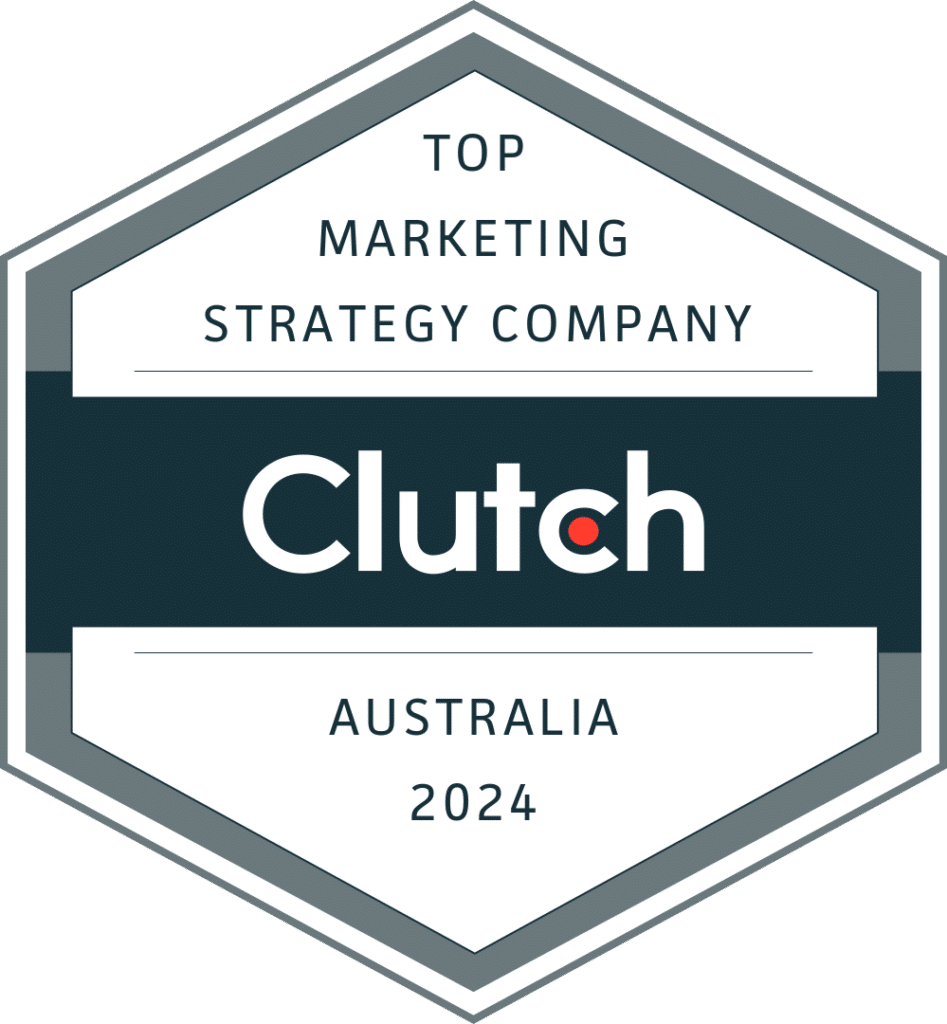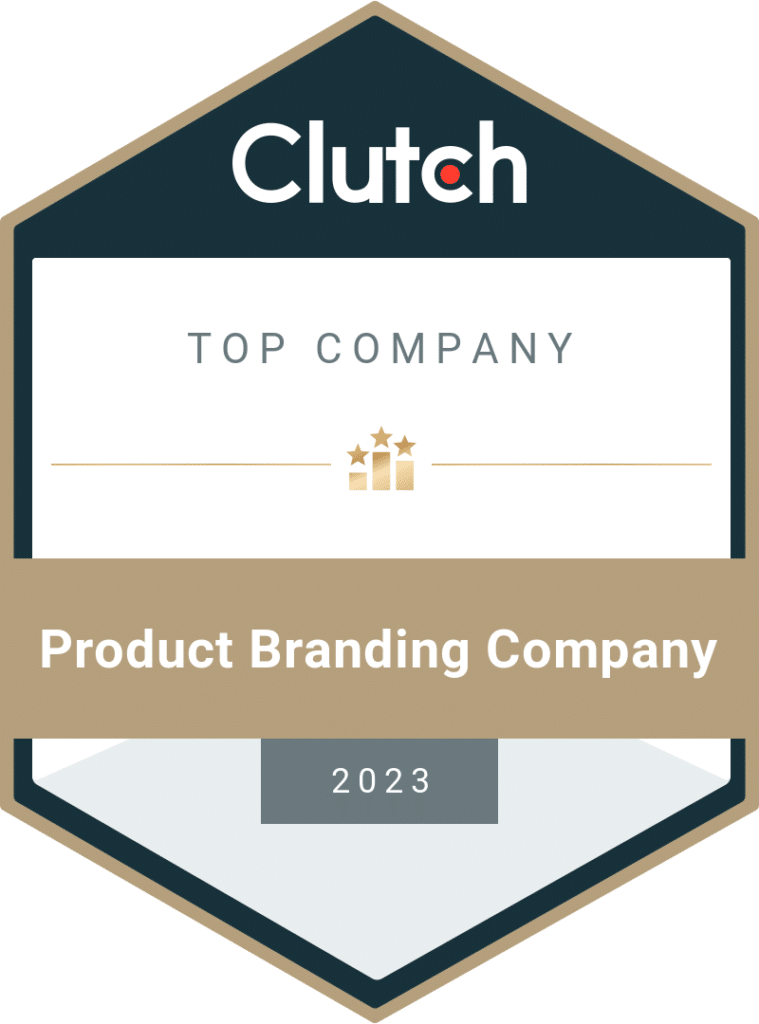Our web development agency experts have seen it all. From the good to the bad, often when we are presented with a client project we know quickly how much work will or won’t need to be done. So if you are tackling your own website, we have put together this guide to help you decide which pages you need.
When creating a website, there are many pages and options to choose from. However, some pages are more important than others. Here are the top 10 pages each website should have.
Page #1: The Homepage
Page #2: About Page
Page #3: Frequently Asked Questions (FAQ)
Page #4: Contact Page
Page #5: Products Page (If applicable)
Page #6: Services Page (if applicable)
Page #7: Testimonials/Reviews Page
Page #8: Blog
Page #9: Privacy Policy Page
Page #10. Sitemap Page
Putting It All Together
Page #1: The Homepage
The Homepage is the first page people see when visiting your site. This also makes it the most important: if people like what they see, they will stay and maybe view other pages. If they do not like your homepage, they will quickly exit, most likely never to return.
Here are a few Homepage tips:
- Make it quick: your Homepage should catch a person’s attention in less than 5 seconds.
- Include a short description: have a brief explanation of what you do/provide. Use bullet points to make it easy to read.
Page #2: About Page
The About Page gives a brief summary of who you are, the company description, and what separates you from the competition.
Keep this in mind when creating your About Page:
- Next to the Homepage, the About page is one of the most visited pages on all websites.
- The About Page should include pictures of the staff and their biographies.
- Include any special awards or achievements.
Page #3: Frequently Asked Questions (FAQ)
The FAQ simply tells everyone what they need to know about you and your site in one convenient spot. Make sure to include short, concise answers to the most common questions you receive.
Here are a few points to consider:
- Update FAQ weekly. This let’s visitors know your FAQ is current and up to date. When experiencing shipping delays, website outages, etc., an updated FAQ can help prevent a barrage of phone calls and customer service inquiries.
- Create a search query. Instead of scrolling to find their specific question, add a search feature that allows them to type in their question and get their answer immediately.
Page #4: Contact Page
The Contact page let’s people know how to reach you. At our web development agency, we have found that often – whilst being super important – that the contact page gets seriously overlooked. So the basics are a contact page are:
- Phone number
- Email address
- Map/directions (if applicable)
But think about the user experience. Our business has a few different divisions and departments, so we list all of them. Why? Because Sally McNally from your accounting department trying to pay our bill – doesn’t want to call or email the branding team to ask for bank details. And often, heading straight to the generic ‘catchall’ email isn’t the best experience either.
Consider a contact form as well — this can make it a much quicker process (especially if your user is coming to your page on their phone or some sort of mobile device).
You can even get pretty savvy with your settings, if you have your email address listed it should be set as a clickable link, and if you have pre-filled some extra information for them too – they’ll have a much easier time getting their query over to you.
Also make sure main contact details are in the header, footer or both. Your website should always make contacting you the easiest process (make all these links clickable so they don’t have to type numbers into their phone etc).
Bonus Tips:
Include all social media accounts on this page.
Page #5: Products Page (If applicable)
This page allows you to showcase the products you sell. Most sites will have a short summary of the products before listing them individually.
Points to consider:
- If you have several different products, break them down into categories.
- Include pictures of each product (the ability to enlarge is a plus).
- Add links to any accessories for convenience and additional sales.
- Include benefits and reasons why your product is better than the competition.
Page #6: Services Page (if applicable)
Like the Products page, start with a summary to describe what services you provide. If a variety of services are offered, divide them into sections along with links to any additional relevant products.
Some businesses do offer both, so this can be important. If you sell homewares that come flatpacked, and you offer a service to set these up – your customers need to know!
Page #7: Testimonials/Reviews Page
Testimonials show website visitors positive reviews your company have received. They are a great way to give you credibility for those looking to buy your product or use your services.
Testimonial Tips
- Provide photos and contact info of those giving the review.
- Add a headline to the review .
Page #8: Blog
A blog is an extension of your website. Blogs give you the opportunity to speak directly to your site visitors on a consistent basis. Blog posts typically contain information related to the content of the site.Many blog posts consist of words, pictures and videos.
Here are a few fun facts about blogs:
- The average blog post is 1,500 – 2,000 words.
- The average blog post takes 3.5 hours to write.
- Businesses that publish 16 or more blog posts per month receive 3.5 times more traffic than those who publish less than 4 posts.
- 60% of consumers report blog posts play a key role in the early stages of the buying process.
Page #9: Privacy Policy Page
This page lets visitors know what you do with any personal information that is received. This would include information received from cookies, emails, advertising, etc. Most countries have some type of privacy law to protect their citizen’s personal info.
Here are some of the most popular (and free) privacy policy generators:
- TermsFeed
- FreePrivacyPolicy
- PrivacyPolicyOnline
- SEQ Legal
- Privacy Policies.com
Page #10. Sitemap Page
The sitemap page is an index page that lists all the pages on your website. The sitemap is found on the footer on all your website pages and includes links to your web pages and blog posts.
Web Development Agency Final Thoughts
This is just a small sample of the many pages that can be added to your website. There are many others that can be added, but the pages listed above are considered some of the most important. By having these pages on your website, you are one step closer to having a professional looking site.
If we have learned anything having run a web development agency for many years, it is that every business is different and more importantly every customer profile is different – so as long as you are thinking like your customer when developing the site, you’ll get a good outcome. We trust you, you got this!
More About Soto Group
We are a Perth Web Development Agency that offers branding, marketing, and web design and development services. Originally a Melbourne web development agency, we relocated our HQ to Perth in 2020 and continue to provide services across Australia to brands and companies of all sizes. We also have clients all over the globe and help them navigate the often tricky brand and website design landscape. Our ethos is to build relationships based on trust that leads to design projects and outcomes that are goal-specific and help our clients’ businesses grow and thrive. Hundreds of businesses trust us to build then brands and websites that can stand the test of time, and lead to more conversions, more sales and more work life balance.
If you are looking for more advice on getting your brand ready for scaling, or how to get the best out of your website – or simply to find out more about our services and how we help businesses excel, reach out to our friendly team for a no-obligation chat.








